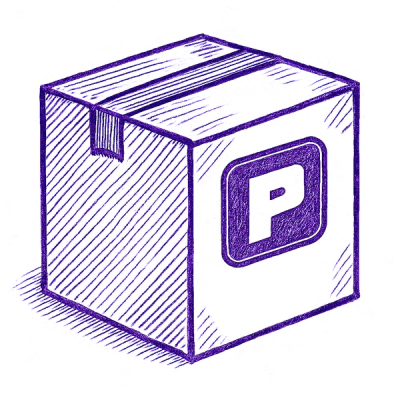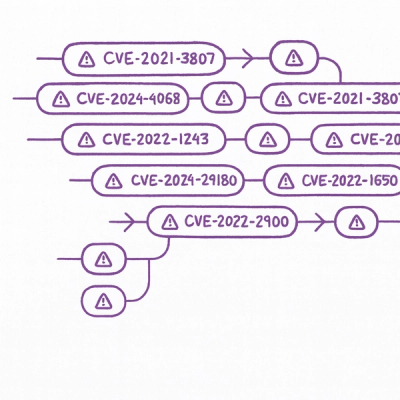
Security News
New Website “Is It Really FOSS?” Tracks Transparency in Open Source Distribution Models
A new site reviews software projects to reveal if they’re truly FOSS, making complex licensing and distribution models easy to understand.
refinerycms-page-menus
Advanced tools
If you are willing to contribute please send me a mail (johan@pylonweb.dk), and follow the contribution guidelines below. Especially test would be appriciated!
Page menus allows you to create and edit several custom menus for your Refinery CMS app.

(have not been tested on lower versions but does most likely work on all versions after 2.0.0)
Add this line to your applications Gemfile
gem 'refinerycms-page-menus', '~> 2.0.6'
or for edge version
gem 'refinerycms-page-menus', git: 'git://github.com/pylonweb/refinerycms-page-menus.git'
Next run
bundle install
rails generate refinery:page_menus
rake db:migrate
Now when you start up your Refinery application, go to the pages in your admin interface, and you should see a roll-down menu called "Menus".
Go to app/views/refinery/pages/_header.html.erb in your application.
If you don't have this file then Refinery will be using its default. You can override this with
rake refinery:override view=refinery/_header
Then add this code to the header, to generate the custom menu:
<%= render :partial => "/refinery/menu", :locals => {
:roots => refinery_page_menu("custom_menu")
} %>
"custom_menu" must be replaced by the permatitle of your menu.
To show list all your menus and their permatitles run this rake task:
rake refinery:page_menus:menus
You can create a new menu in the rails console, or you can use the following command:
rake refinery:page_menus:create_menu title=some_title
git checkout -b my-new-feature)git commit -am 'Added some feature')git push origin my-new-feature)FAQs
Did you know?

Socket for GitHub automatically highlights issues in each pull request and monitors the health of all your open source dependencies. Discover the contents of your packages and block harmful activity before you install or update your dependencies.

Security News
A new site reviews software projects to reveal if they’re truly FOSS, making complex licensing and distribution models easy to understand.

Security News
Astral unveils pyx, a Python-native package registry in beta, designed to speed installs, enhance security, and integrate deeply with uv.

Security News
The Latio podcast explores how static and runtime reachability help teams prioritize exploitable vulnerabilities and streamline AppSec workflows.